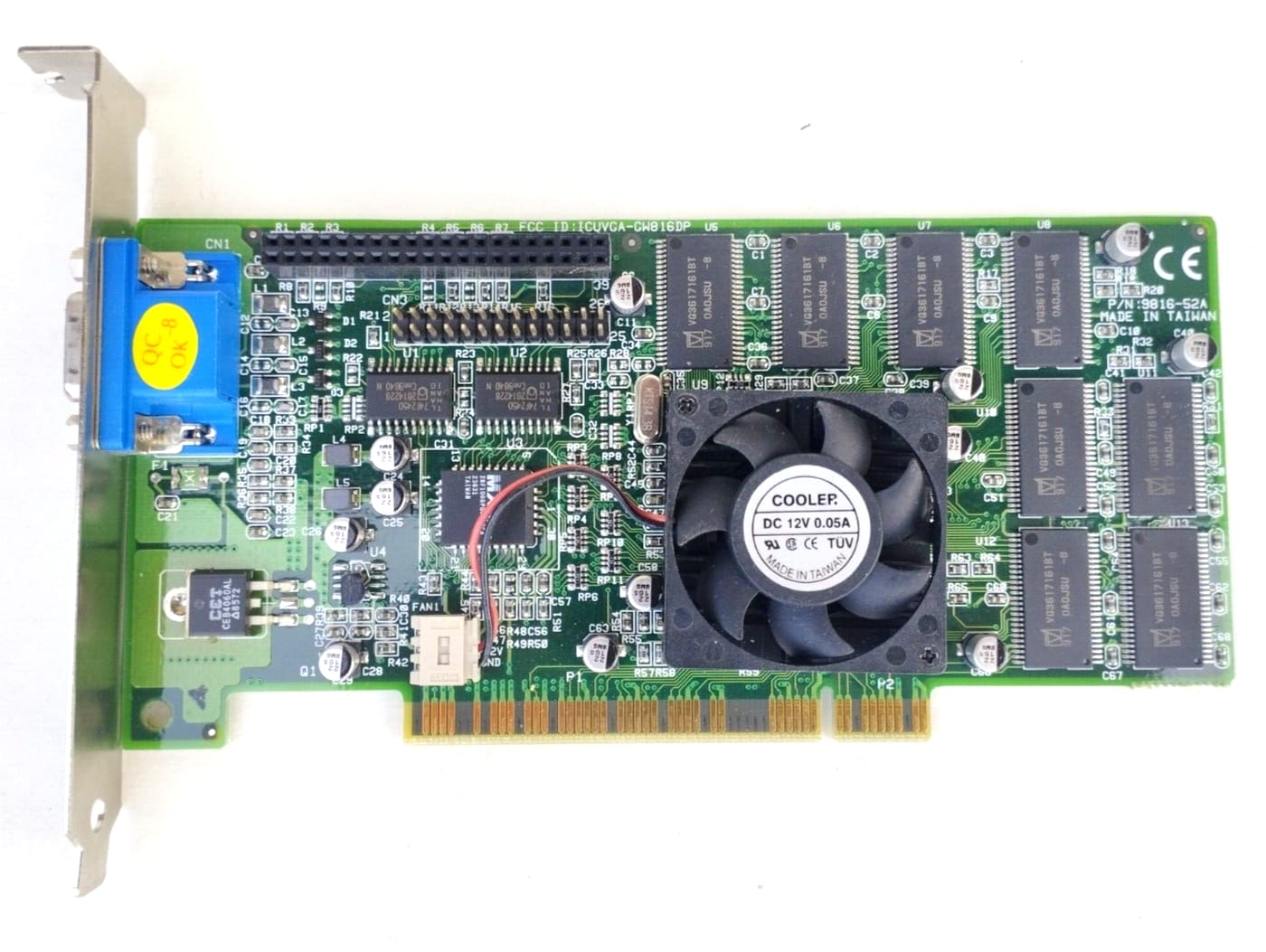3DFX Voodoo Banshee
My passion for computing formally started in 1992 (I was 8), when my parents purchased our first PC and my dad and I successfully upgraded the processor from an Intel i486SX to an Intel i486 OverDrive.
This moment began a lifelong love of computer hardware and ultimately, all things technology (e.g., hardware, software, data, networking, gadgets, etc.)
However, it was in 1998 (I was 14), when my parents bought me my first 3D accelerated graphics card, that things really changed.
Therefore, to this day, 25 years later, I still consider the 3DFX Voodoo Banshee PCI 16MB the most important and influential technology purchase of my life.

This upgrade opened my eyes to an entirely new world of 3D accelerated games, including Quake (1996), specifically GLQuake (1997), Half Life (1998), Unreal (1998), etc.
Up until this point, I had relied upon software rendering within games, which inherently restricted the resolution, frame rate and graphics techniques, such as transparency, shadows, etc.
I vividly remember loading Half Life and watching the opening sequence in full 3D accelerated glory and being blown away. I spent the next decade building, modifying, and tweaking computers, looking for any opportunity to push the hardware and software to its limits.
The 3DFX Voodoo Banshee was an interesting graphics card, as it was a single-card, single-chip solution, combining 2D and 3D acceleration. This was the first time 3DFX had released a single-chip solution, following the commercial failure of the 3DFX Voodoo Rush, which was a single-card solution but accelerated 2D and 3D graphics via different chips.
By comparison, the original 3DFX Voodoo was a dedicated 3D accelerator card, which required an additional video controller for 2D acceleration. The implementation required a pass-through VGA cable daisy-chained, which increased the complexity and cost for the consumer.
Therefore, combining 2D and 3D acceleration onto a single card and a single chip was the future.
Interestingly, you would assume, based on the history of the 3DFX, that the 3D acceleration of the 3DFX Voodoo Banshee would be the highlight. However, it was the 2D acceleration that made the product special. For example, all Windows GDI functions were implemented in hardware, with a 128Bit 2D core matching VESA 3.0 specifications, making the 3DFX Voodoo Banshee one of the fastest 2D accelerators on the market and an excellent choice for DOS gaming.
Ironically, the 3D acceleration was a little more controversial, as although it supported Microsoft DirectX 6.0 and OpenGL 1.1, the 3DFX Voodoo Banshee was equipped with a single texture unit, unlike the 3DFX Voodoo 2, which had two texture units. As a result, the 3DFX Voodoo Banshee was slower when processing multi-textured environments. Therefore, anyone looking for the “best” 3D acceleration from a 3DFX graphics card would be better served by the 3DFX Voodoo 2.
From memory, my dad and I selected the 3DFX Voodoo Banshee as it was a cost-effective, single-card 2D/3D accelerator, which was compatible with PCI (vs. AGP).
In summary, even with industry defining products such as the Apple iPhone, I will always look back with memories of admiration and excitement regarding the 3DFX Voodoo Banshee.